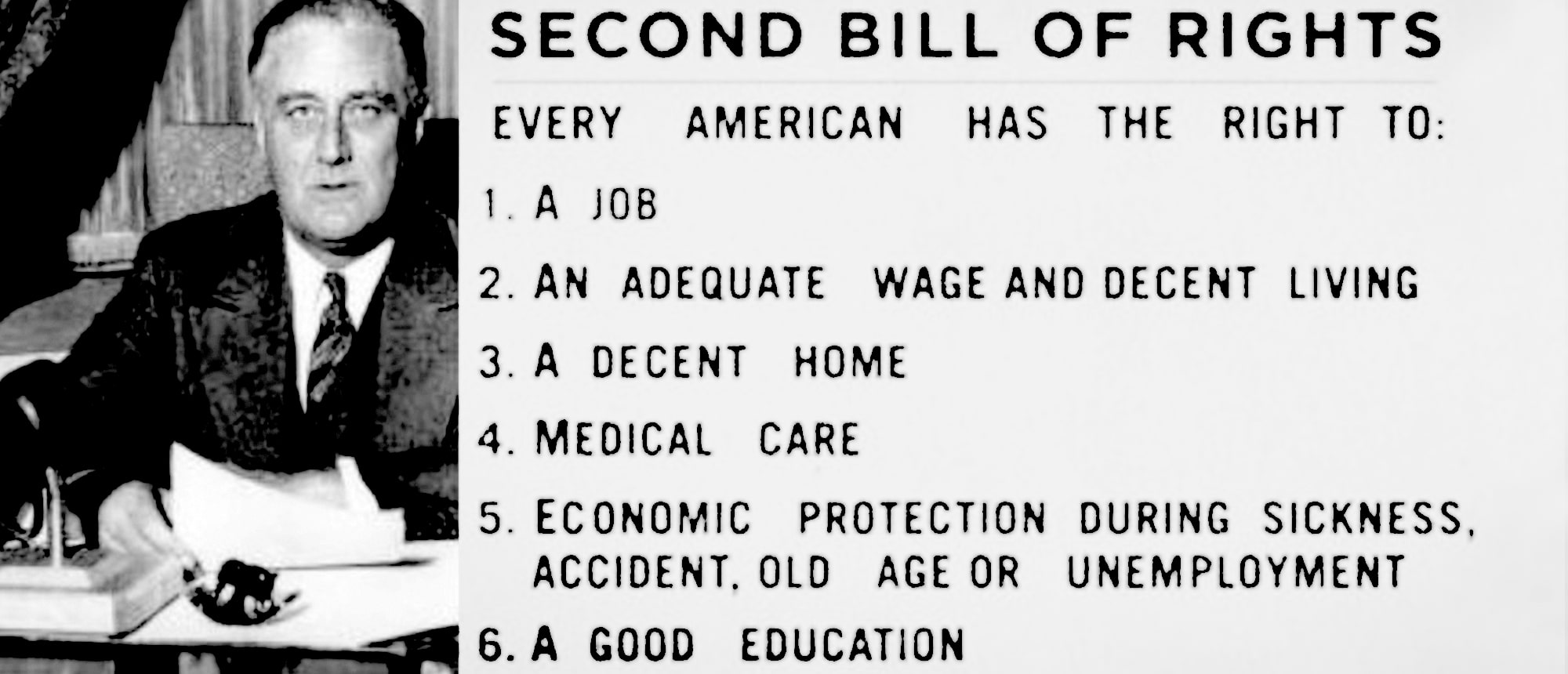(ThyBlackMan.com) Wolverine is one Marvel Comics’ most popular characters. He’s up there with Spider-Man and The Incredible Hulk. It used to make me wonder for the longest how these characters managed to be around so long. While I love a non-linear game, I prefer a linear story in comics and shows—even I’m not 100-percent that makes sense. It’s a thing with timelines and canonical order. That’s what we’re getting into: the floating timeline in comics.
Why Is The Floating Timeline So Bothersome In Comics?
So, what is the floating timeline? It’s a device used on television shows and in comics to keep the age of characters at the best place while allowing the world around them to change. The perfect example of this is in comics. Many of Marvel and DC’s characters were created between the 1930s and 1960s. However, these characters remain youthful into the 2020s and the world around them changes technology-wise.
That means, instead of building up new characters to take over these long-running aces hang it up in-world, the timeline is just scrambled. Which was one in-world, canonical reason I’ve read for this. In comics, there are so many situations involving time traveling, dimensional rifts, timelines being destroyed, merged, and so on. Just name something that sounds awful for a timeline we’re in and comics has done it.
With a comic universe has a timeline hit with that many changes, the belief is that some real-world call outs—such as smartphones or world events—smush together when a timeline is being repaired. Often times, the year is rarely mentioned but current events in the background or mentioned kind of date the series at the moment. Which also dates the universe since everything is tied together.
I guess that’s what bothers me the most about the floating timeline. It’s a safety net. These characters are aged perfectly to keep things going and be actively involved. Sometimes time can even be frozen or reversed for a character!
The Floating Timeline Does Work
Outside of storylines and continuity, the floating timeline does have a very real use. Not only that but it’s extremely effective at it. These characters as we know them have been kept mostly the same because that’s the version of the character that sells. Peter Parker as a white awkward teenager fighting crime, Parker as a struggling college student taking pictures, successful Peter—it doesn’t matter.
He can be kept in that same acceptable age range and the world will just slowly advance. Tony Stark is the same. He’s kept at an older adult age but shy of middle aged. He might tickle middle aged. The thing is, people are sold on a total package of a character. Both the masked persona and the person under the mask or wearing the cape.
Miles Morales and Peter Parker are my favorite Spider-Men. They remind me of the Tiger Mask gimmick in Japanese wrestling where successors all have alliterated names. While fans have warmed up to or accepted Miles Morales, to many Peter is Spider-Man. It’s pretty much why every live-action Spider-Man film—besides the Japanese ones—Peter Parker is Spider-Man.
We haven’t really advanced to the mask being passed on or another one appearing in the live-action movies. The masked/caped persona is supposed to be a symbol of justice or whatever. Another character can be Superman if they uphold what it means to be Superman to Earth.
However, we’ll continue to get the Clark Kent variety double-hour on the big screen.
Could Dropping The Floating Timeline in Comics Work?
It’s possible. Manga series tend to run in a linear line of a defined timeline in its universe. There are very few branching timeline series that lead to recognized canon changes. It’s just something extra with these characters. Some western comics do this and have linear path such Valiant’s universe.
Series like Spawn and The Savage Dragon under Image Comic have both dated themselves to certain points in the 1990s. It’s kind of expected that things just go forward and characters have experienced life changes. That said, the timeline is a lot more ambiguous.
Ultimately, it’s up to the writer or what the publisher wants. If they say “Hey, we want a safety net for writers down the line. Lay the ground work” we’re getting a floating timeline. Having that tool in place creatively and commercially is a good idea. It’s just a matter of does will it hold writers back with really introducing series changing characters going forward.
Like, what’s the point of even doing so if the main character isn’t going to be gravely or severely impacted going forward?
Staff Writer; M. Swift
This talented writer is also a podcast host, and comic book fan who loves all things old school. One may also find him on Twitter at; metalswift.




















Leave a Reply